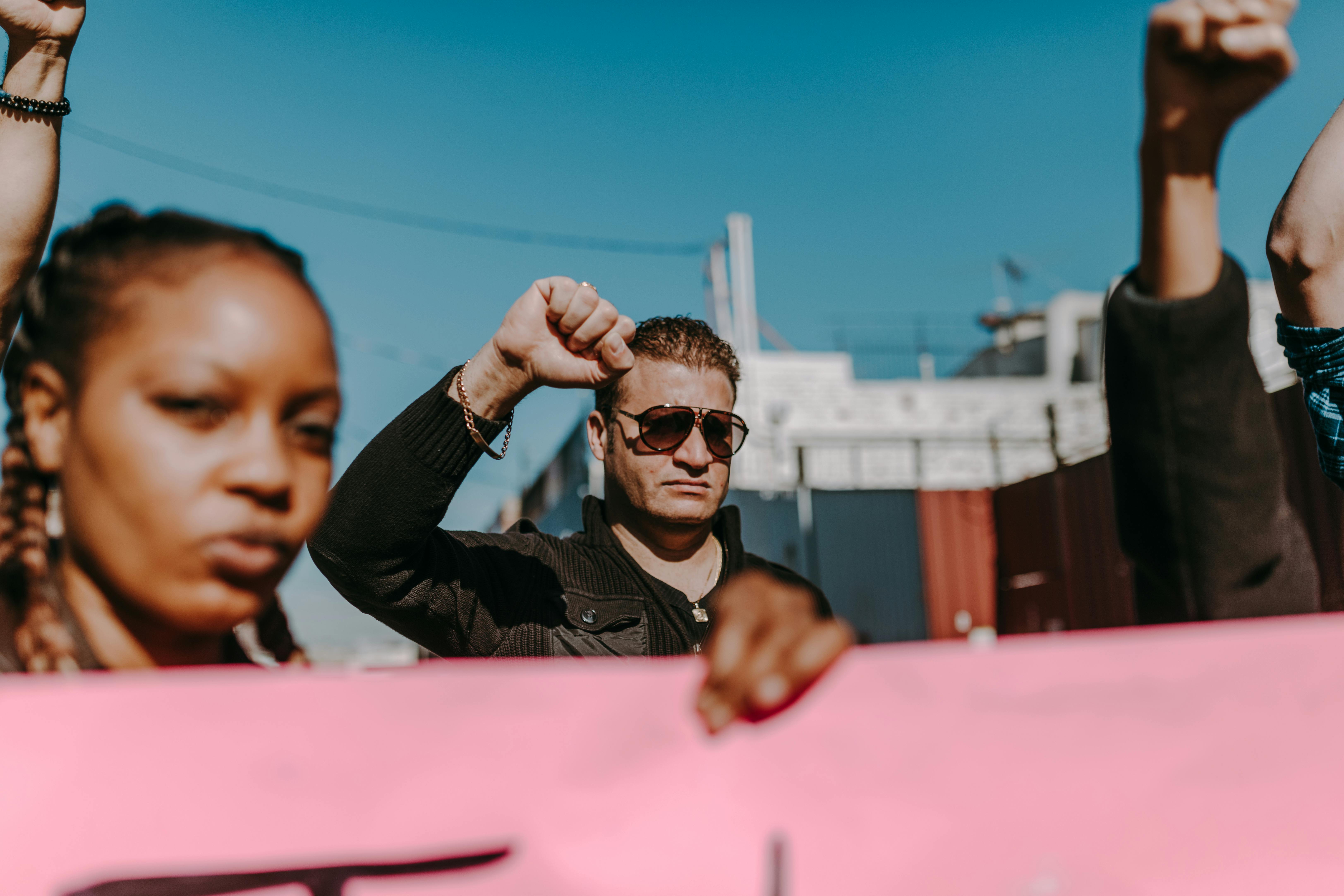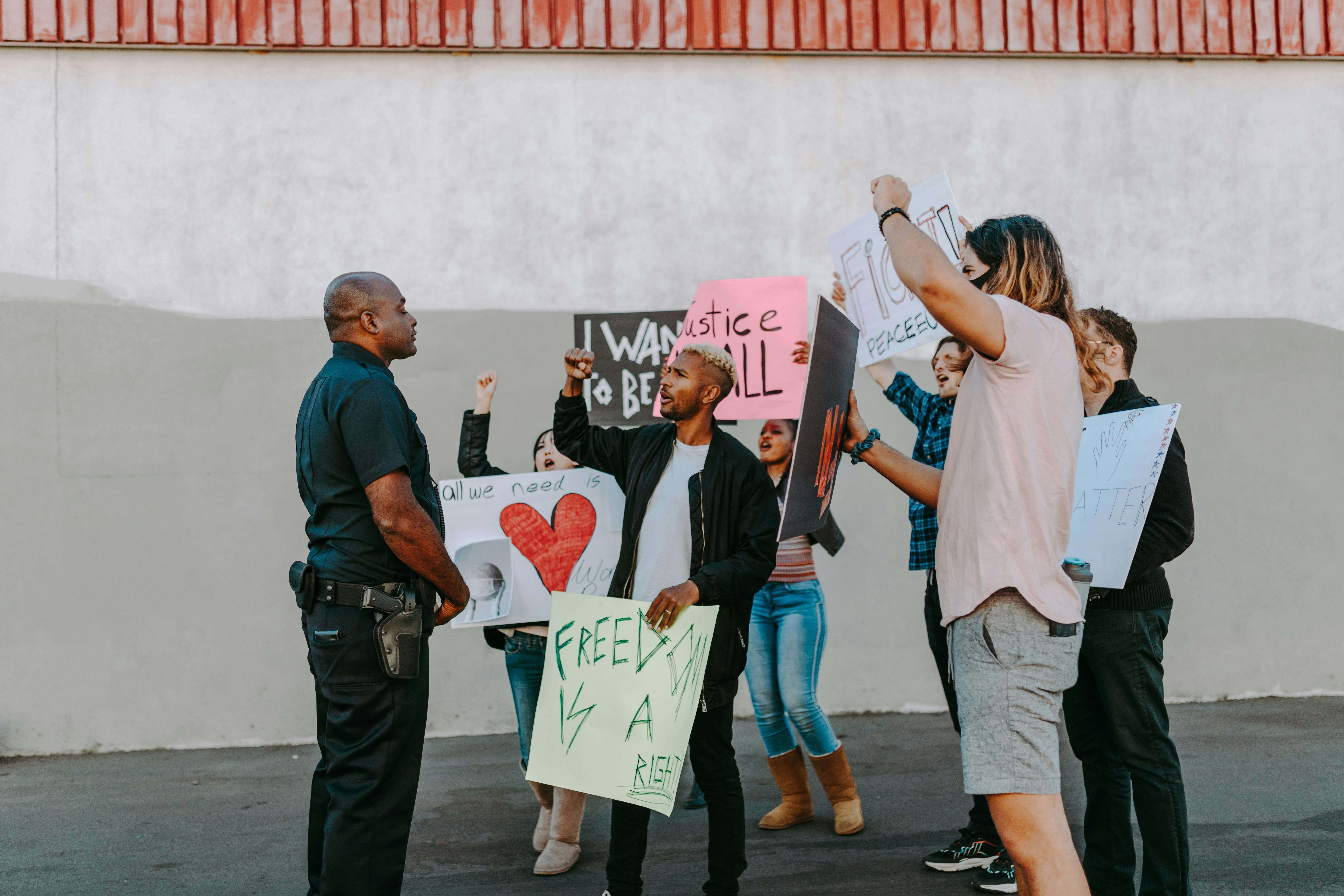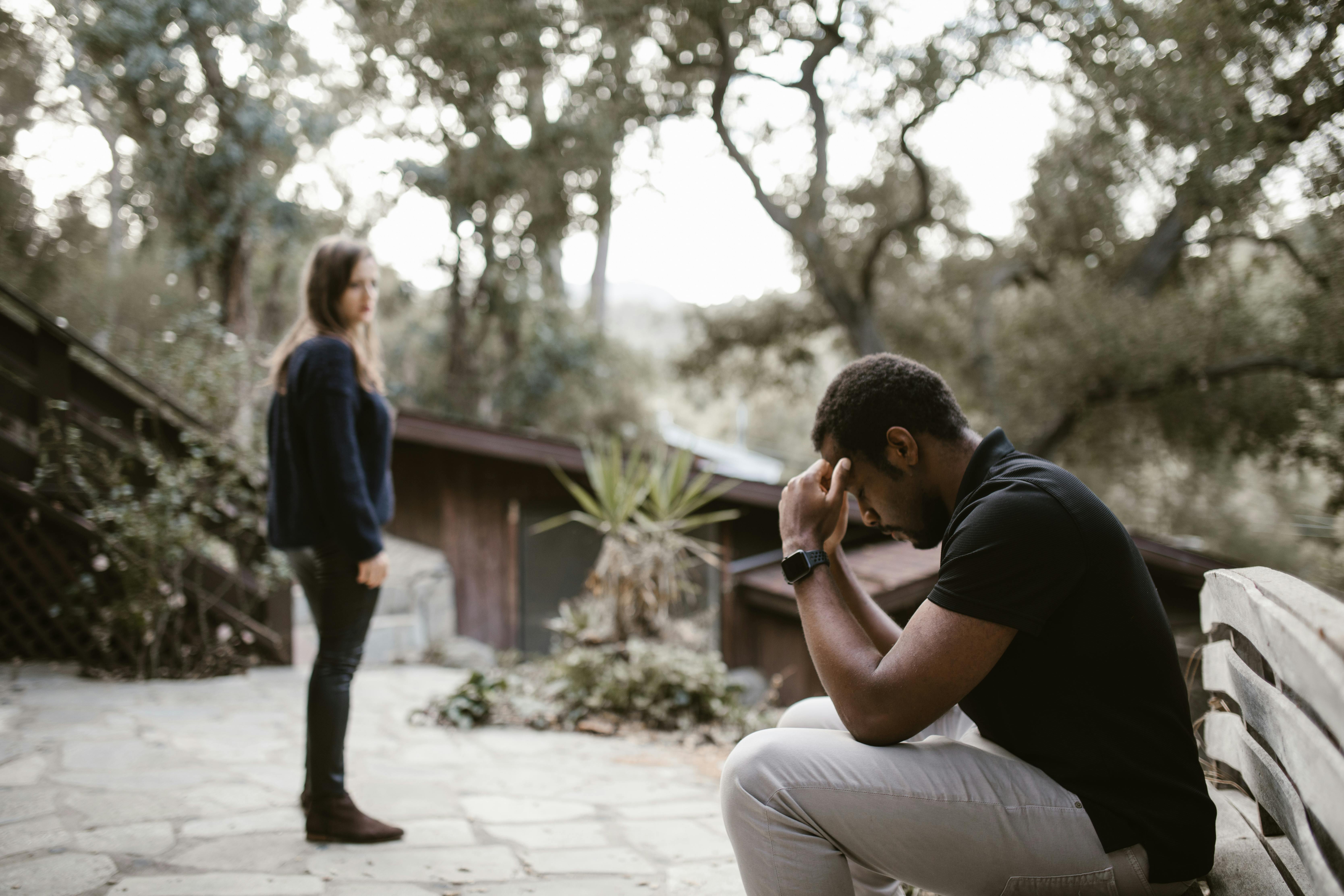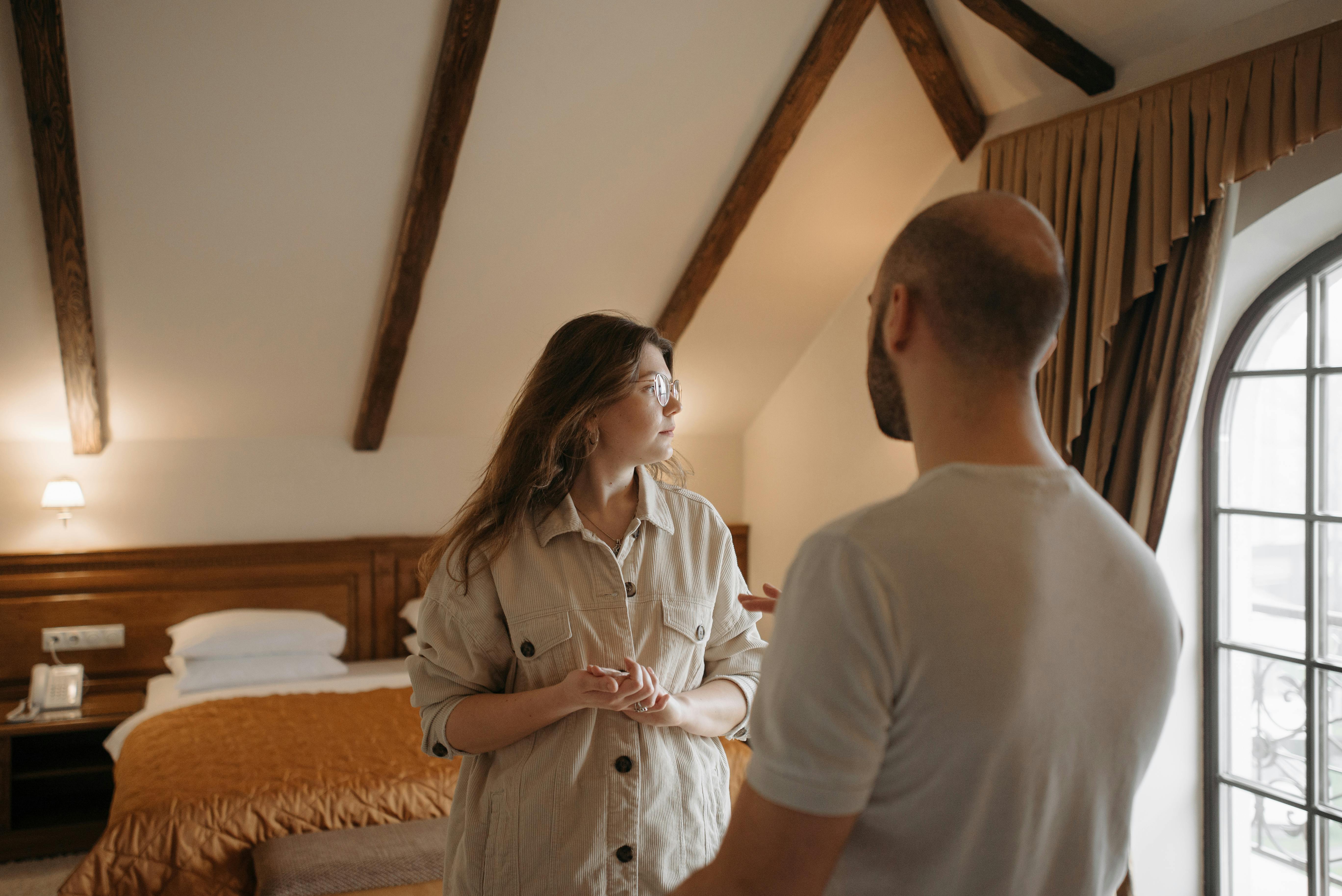Regency England refers roughly to 1811 to 1820, although the term more broadly includes 1800 to 1830. When George III, stricken with illness, could no longer function, his eldest son, the prince, became regent in his place. “The Regency took its tone from the larger than life figure of the Prince of Wales … The age spawned a lively underworld of scandal, criminality, gambling and personal notoriety. Embezzlement and fraud flourished then as now. The war against France caused further instability and led to the collapse of public order. ” (Bass, Sutton, p. Xxv)
Authors of crime and mystery stories, like myself, must delve into the dangerous world of this age. Low says that London, England, “surpassed the rest of the British Isles in crime and vice.” (Low, p. Xi) No police force, as such, existed until the Victorian period, adding to this instability. The growth of the underworld had started in the 18th century (Georgian period). In London, Henry Fielding became a salaried chief magistrate of Westminster in 1749. He established the Bow Street group, whose men became known as the Bow Street Runners. Henry’s brother, Sir John Fielding, carried on the work, and by the time of the Regency, the work of the Runners had expanded considerably.
London embodied a complex world in the Regency. Crime abounded in many forms and areas. From the gaming hells frequented by the rich, who also used the services of the deminondaines, or better-class prostitutes, to the prostitutes who frequented the area of the Drury Lane and Covent Garden theaters, the area of murderers and convicts fugitives … crime took precedence. The dark streets encouraged thieves and pickpockets (gas lights were installed in some streets of Pall Mall in 1807) to target the public, and gently bred females did not walk at night without the protection of men. Few from the West End traveled to the East End without good reason, and a fully loaded pistol, or two.
The thieves came from the “colonies” of the East End, or criminal districts like St. Giles and Whitechapel. In these dens of criminality, “luxury houses” flourished. These were numerous pubs frequented by criminals who taught children about robbery, theft, robbery and worse crimes. Bribery, extortion, and blackmail were rampant. While mob bosses ruled this part of town, brothel managers ruled over unfortunate young women who came to them.
South of the River Thames, home to the wild orgies of prostitutes and gin-drinking drunks, it was also home to the ‘Men of Resurrection’, who sold corpses to surgeons and were not averse to killing to achieve it, although they were serious theft. it was his ‘strong suit’. The Thames itself was sailed by sailors, called ‘Men of the River’, who robbed warehouses, docks and ships.
All of this crime kept the Bow Street Runners on their toes, as the night watchmen were ineffective. In 1800 the Thames River Police Act was established. In 1805, a sixty-man Bow Street horse patrol mounted Hounslow Heath, a notorious center for highwaymen terrorizing travelers. Many wanted reform, but the proposed bills were slow to take effect, so crime remained high until the Victorian period, when a police force was created. You can see what my heroes and heroines had to deal with while fighting crime.









